The Continental Mark IV—A Contest Of Wills
By Jim and Cheryl Farrell
The Lincoln Continental Mark IV is a case study in how a car design can survive a major turf war. The disagreements that almost deep-sixed the Mark IV were between Semon “Bunkie” Knudsen, a former VP at GM who was hired by Henry Ford II as Ford’s new president in February 1968, and Lee Iacocca, who started at Ford in 1946 as a freshly-minted engineer, soon switched to sales, and rose to the top. By 1967, Iacocca was executive VP of Ford and thought he would be Ford’s next president. Knudsen was a patrician, and not a street fighter. Iacocca was a street fighter—he was good at getting down and dirty—and Knudsen wasn’t.
Gene Bordinat, head of the Ford Design Department from 1961–80, was suave, an excellent politician and an impeccable dresser. HFII once described him as an accomplished “brown-noser.” As far as design was concerned, Bordinat and Iacocca were two peas in a pod. They both liked big slabsided cars with stand-up grilles and fenders that were parallel to the ground.
Designer Wes Dahlberg came to Ford in 1947, four months before Bordinat. Dahlberg worked mostly in the International Studio designing Fords for Canada and the European markets. His car designs were generally smaller and more rounded; they were typically European. To say the obvious, Bordinat and Dahlberg didn’t agree. In 1958, Bordinat engineered Dahlberg’s reassignment as head of Ford’s design studio in Cologne, Germany.
Dahlberg loved his European assignment, but was rotated back to Dearborn in 1967, where he was assigned as an executive designer in Don DeLaRossa’s Corporate Projects studio. Bordinat and DeLaRossa asked him to design a Mark IV proposal—only it was a year before the Mark IV design was due to even begin. Designers assigned to Dahlberg Mark IV project were Jim Arnold (manager), Dean Beck, Dick Blair and Bob Hackett. They came to see their Mark IV assignment as busy work. Nevertheless, they designed their Mark IV with rounded sides and a more European flair. On the rare occasions Bordinat or DeLaRossa reviewed Dahlberg’s designs, Dahlberg would disappear, leaving the other studio designers not really knowing what to do.
When Knudsen came to Ford, he felt he got to select the designs he liked. Since that had previously been Iacocca’ s job, it didn’t take long to make getting rid of Knudsen a priority. Iacocca also kept picking the designs he wanted even after Knudsen had already expressed his preference. To try to tamp down their differences, Bordinat had different designs prepared for Knudsen and Iacooca, which created more problems.
Knudsen spent a lot of time at the Design Center. He usually started his day there, even before most employees arrived for work. Master modeler John Cecil was assigned to Dahlberg’s end of the studio, and he also got to work early. One morning Cecil was in the break room making coffee when someone came in and asked if anyone was there. Cecil said he was in the back making coffee. The stranger asked if he could have a cup. Cecil said sure, and to come on back. Knudsen was new, and Cecil didn’t know who he was until he introduced himself. Soon, however, Knudsen had Cecil showing him all the cars being designed in that part of the studio. When Knudsen came to Dahlberg’s Mark IV, he fell in love with it, and decided on the spot it was going to be the next Mark IV—as is.
When he got to work that morning, Bordinat was told Knudsen was already in the building, so he took off running trying to find him. When Bordinat found Knudsen he was out of breath. Knudsen immediately told Bordinat he loved the Mark IV he’d been looking at—and he picked it for production with no changes. A winded Bordinat stammered that Dahlberg’s design wasn’t much, and he tried to change Knudsen’s mind, telling him there was a far better design at the other end of the studio. By then, Knudsen had dug in his heels, and left the studio with Bordinat running after him trying to tell him he’d made a big mistake. Over the next few days, every time Bordinat ordered Dahlberg’s Mark IV changed even slightly, Knudsen made him restore the car the way he had approved it for production.
The Mark IV at the other end of the Corporate Projects studio was not very far along, but Bordinat insisted it be completed as quickly as possible. The designers of the second Mark IV proposal were Ron Perry, Steve Sherer and Fritz Mayhew. Their design was based on a sketch prepared by Mayhew. When their design was farther along, Iacocca threw his support behind the second Mark IV. Dahlberg and Arnold were reassigned to the Interior studio, where as luck would have it, he and Arnold designed the Mark IV’s interior. According to DeLaRossa, Bordinat had a sixth sense that Knudsen wouldn’t be at Ford very long. And if Knudsen left soon enough, Iacocca and Bordinat planned to switch Mark IVs. Knudsen stayed past the point of no return, and Dahlberg’s car became the production Mark IV. Ironically, Dahlberg’s Mark IV also became the ultimate personal luxury car of the 1970s.
The Mark IV wasn’t the only disagreement between Iacocca and Knudsen, but it meant open warfare. In the end, HFII was forced to fire Knudsen in September 1969, after Iacocca told him (HFII) it was either him or me—and 12 other executives who all were prepared to resign if Knudsen stayed and Iacocca left.
Photos: Ford Design
Books by Jim and Cheryl Farrell
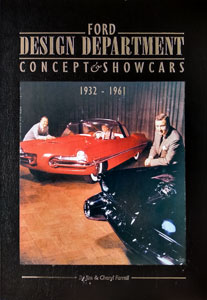
Ford Design Department—
Concepts & Showcars
1999, 10×13, 400 pages, Fully indexed
900 photos. Includes 150+ designers and sculptors, and highlights 100 concept cars.
ISBN 0-9672428-0-0
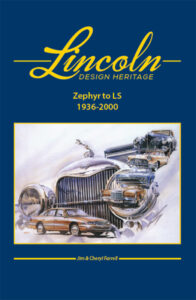
Lincoln Design Heritage:
Zephyr to LS (1936-2000)
2021, 10×13, 480 Pages, Fully Indexed
1,600 photos and illustrations
ISBN 978-0-9672428-1-1
The Ford book is $50 plus $7 S&H (US). The Lincoln book is $85 plus $10 S&H (US). Both books bought together are $110 plus $17 S&H (US). To order, email: cfarrell57@gmail.com

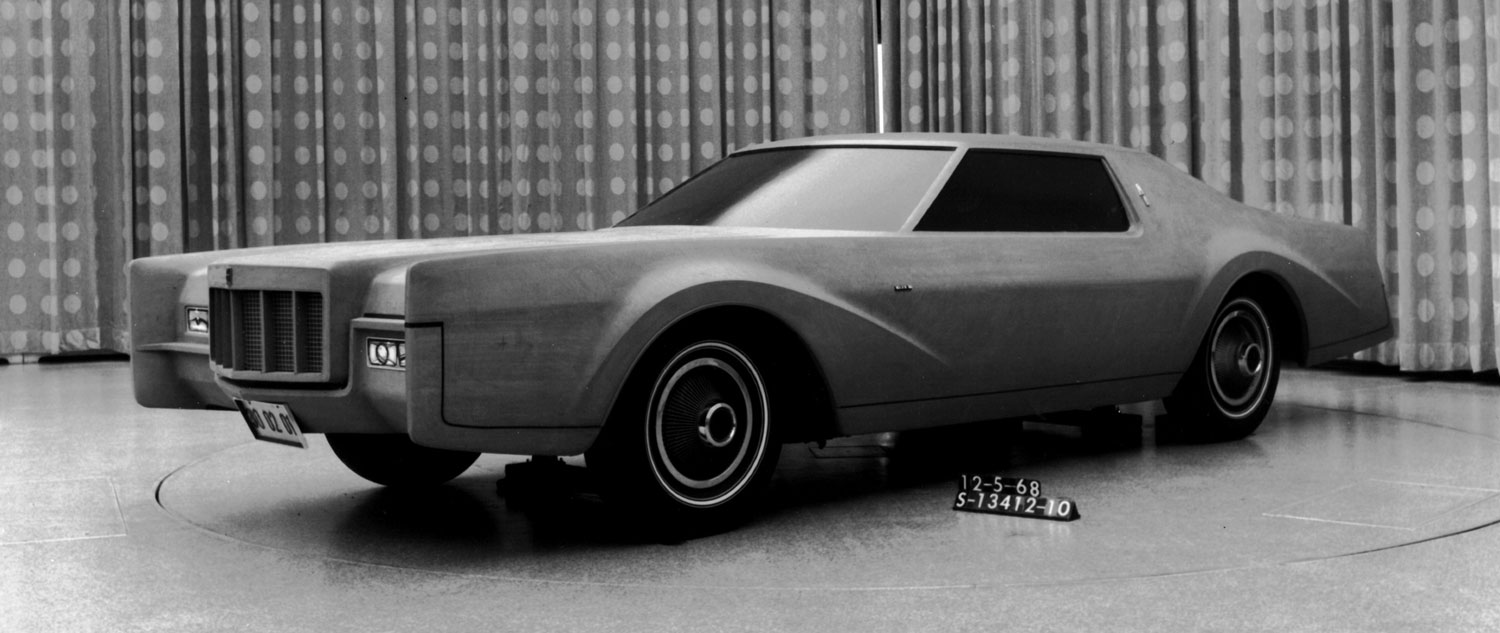
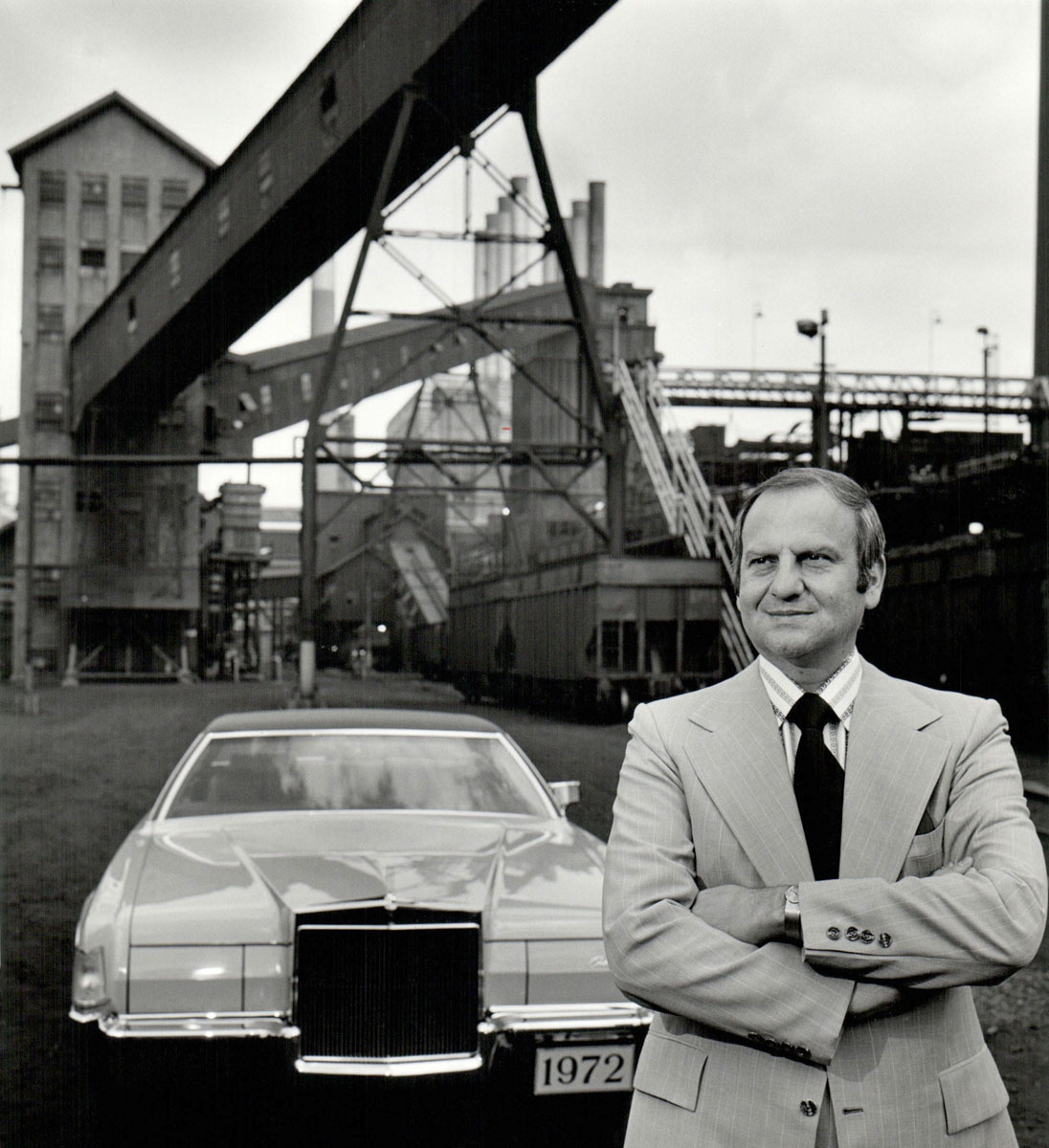
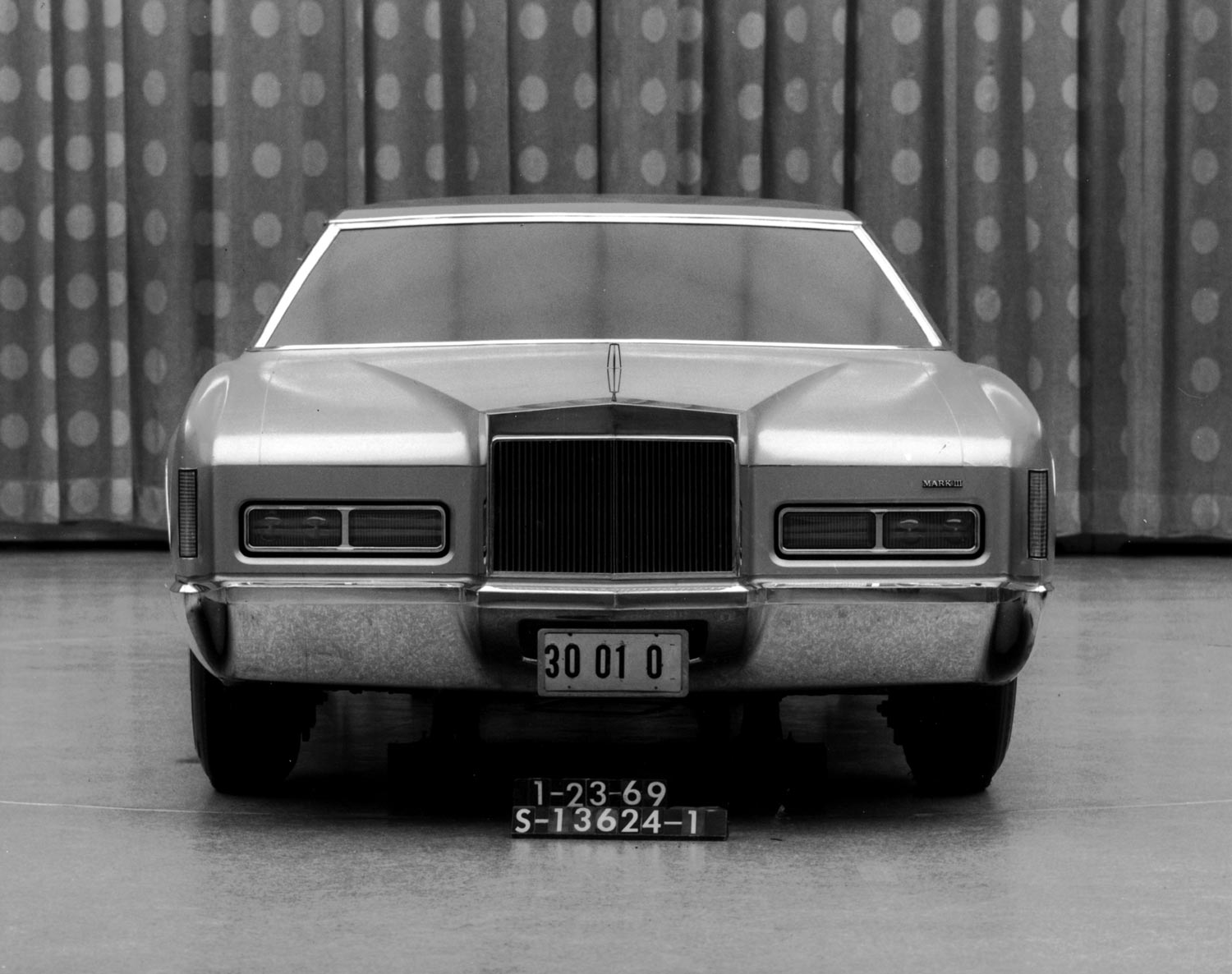
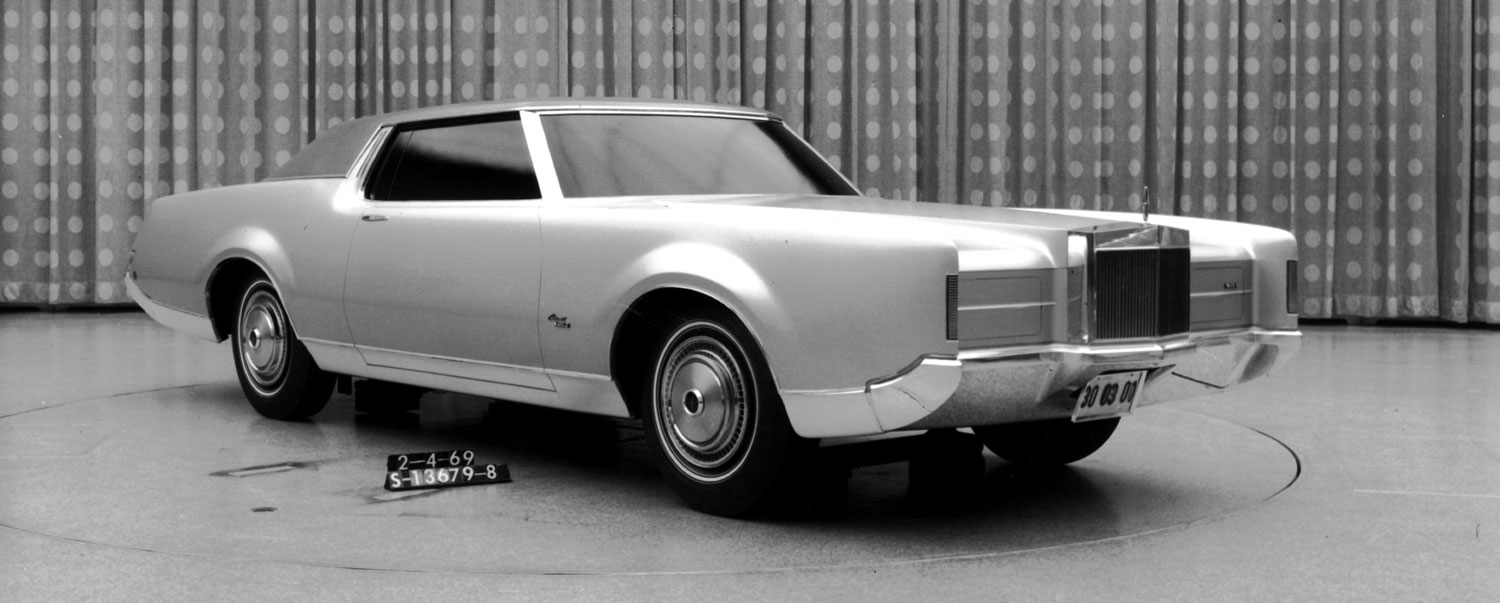
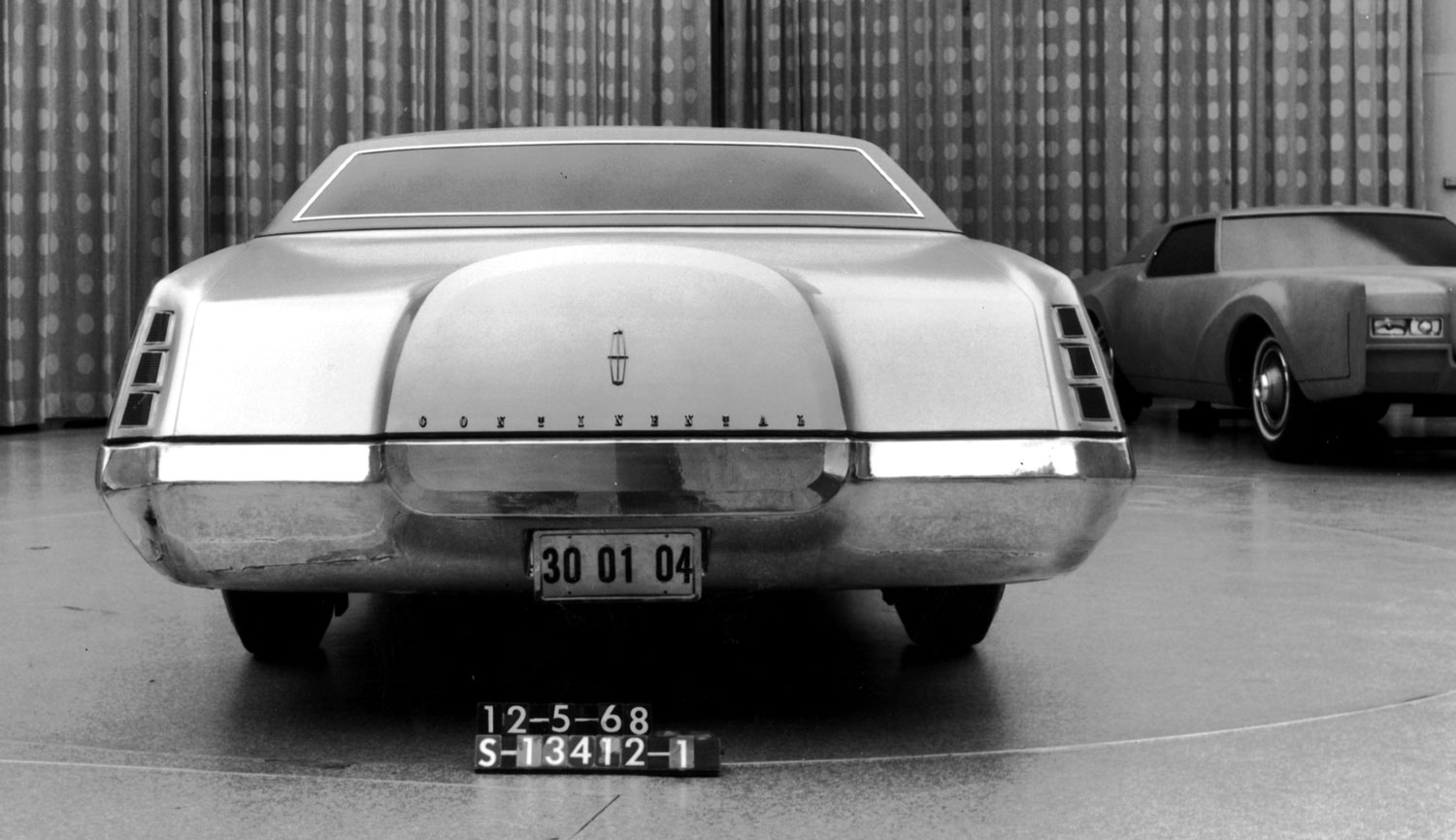
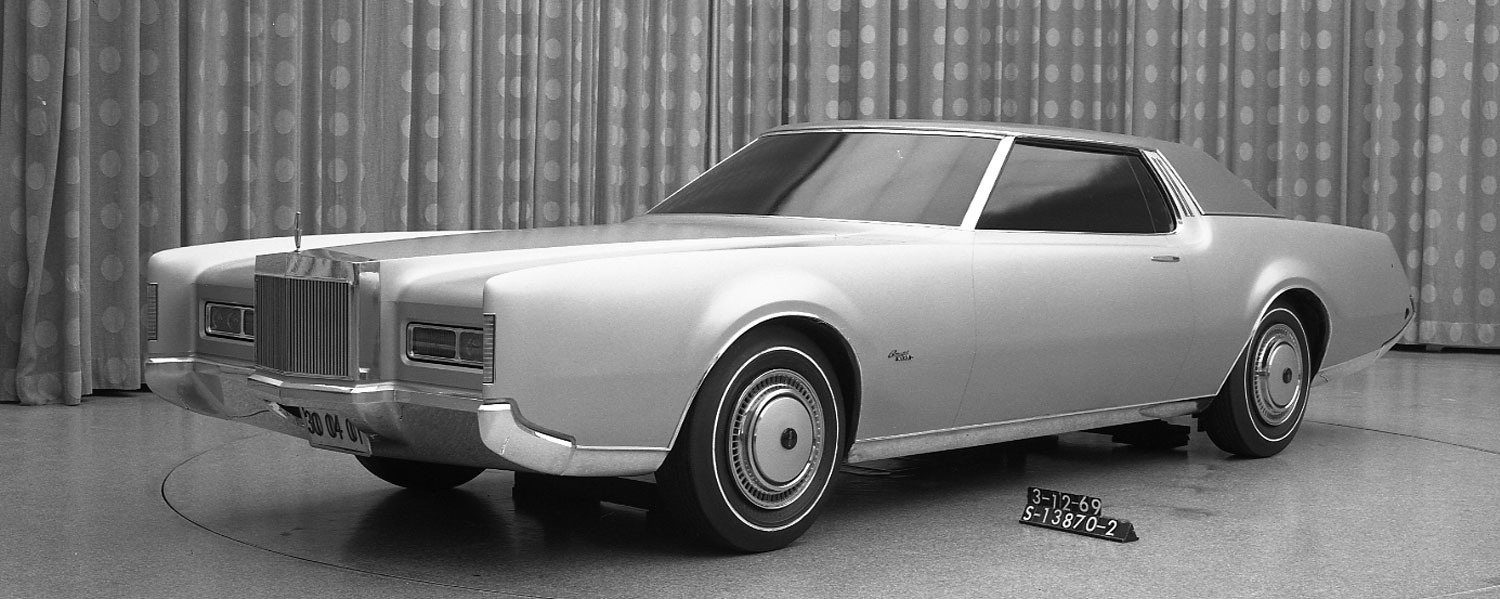
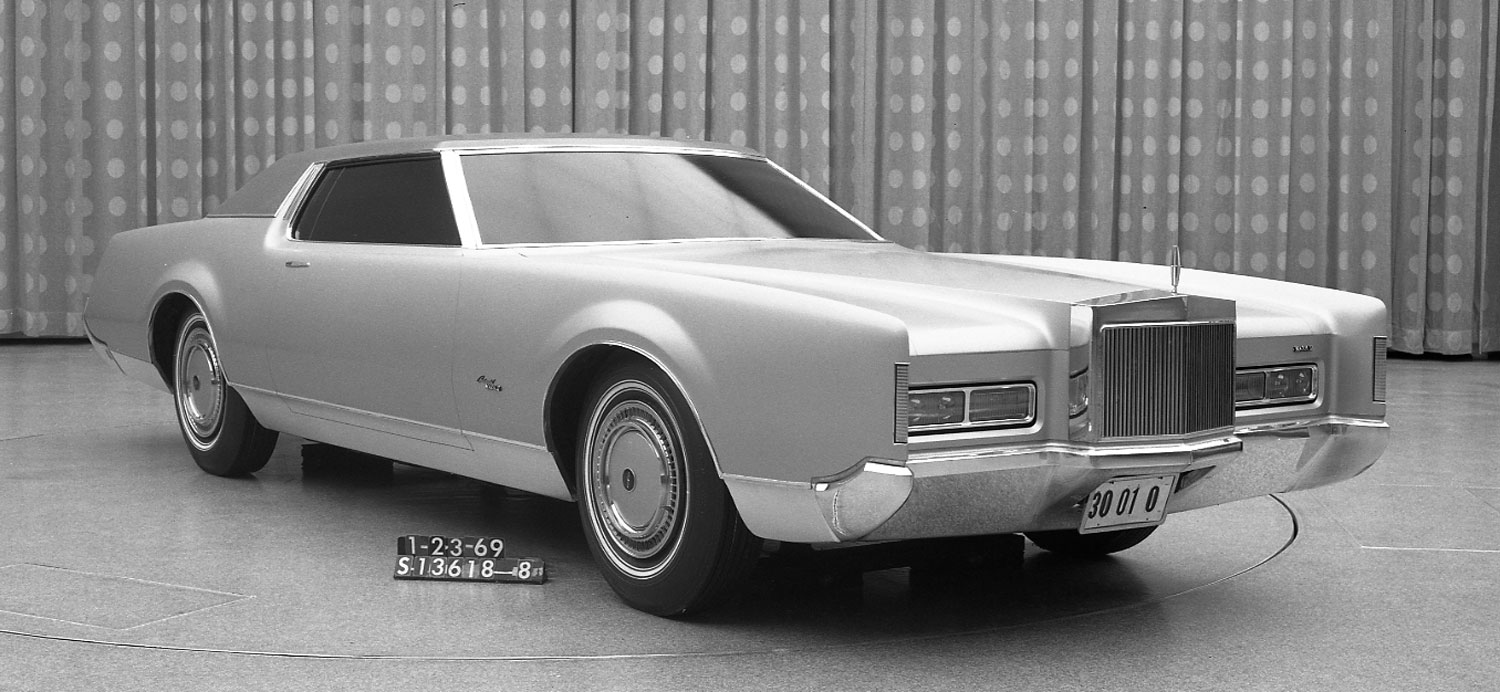
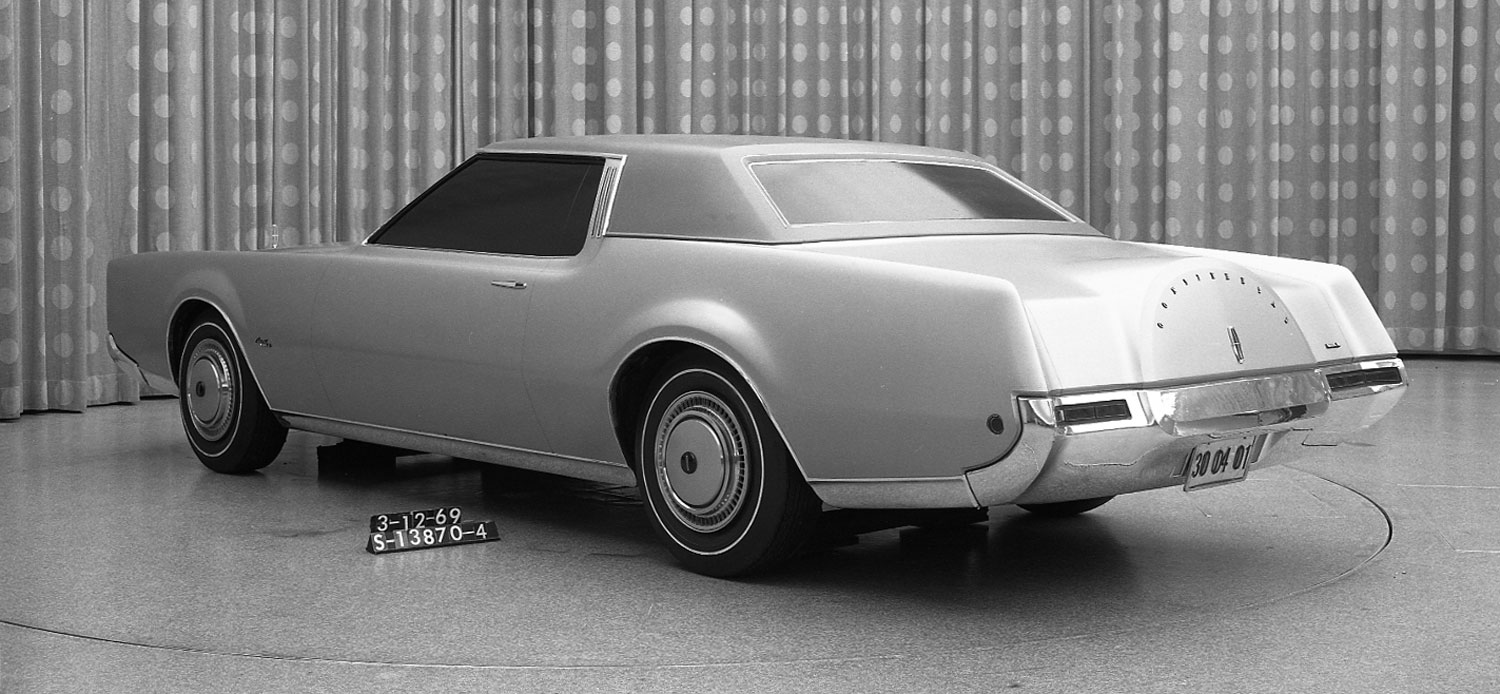
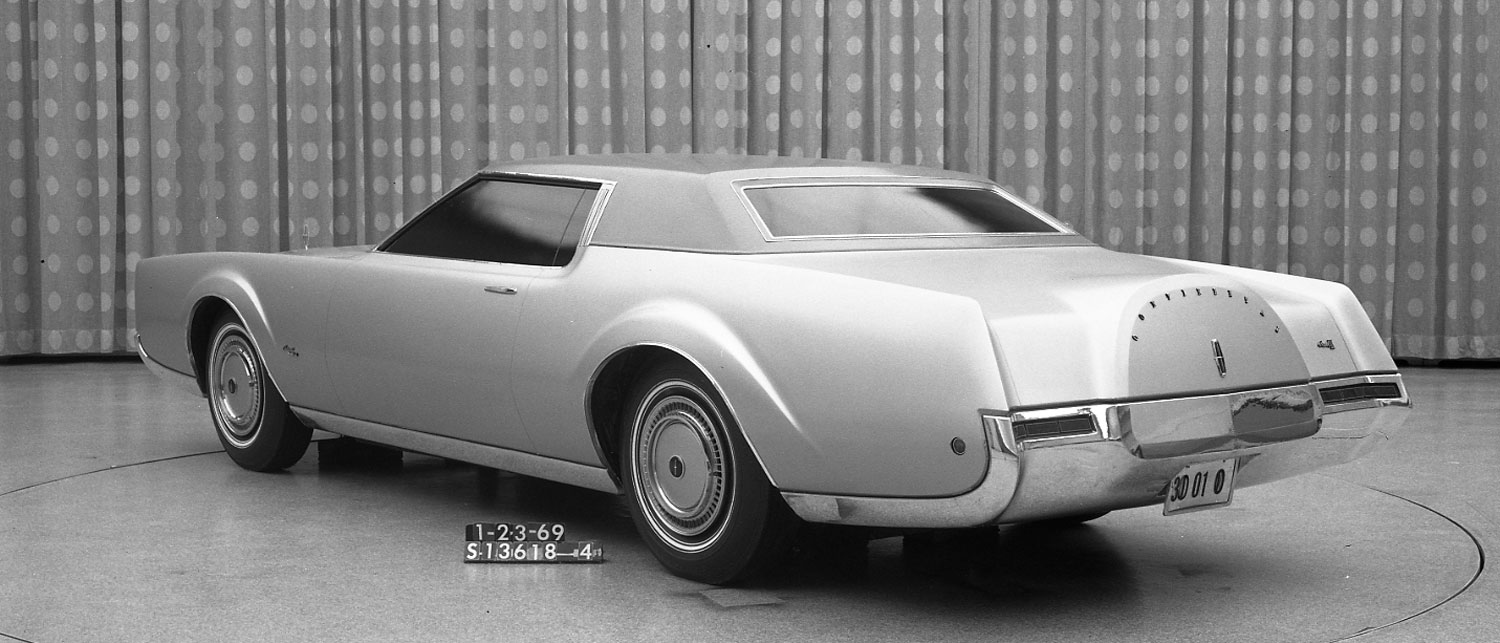
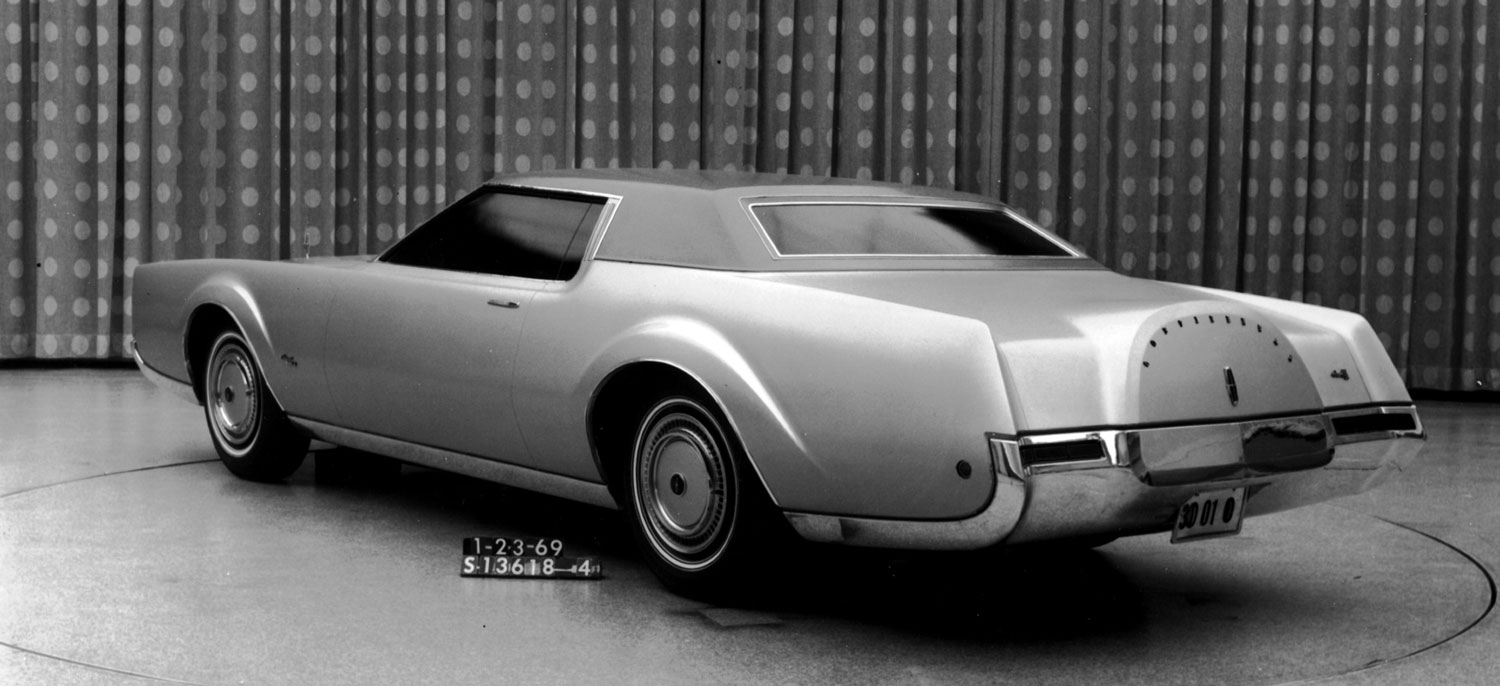
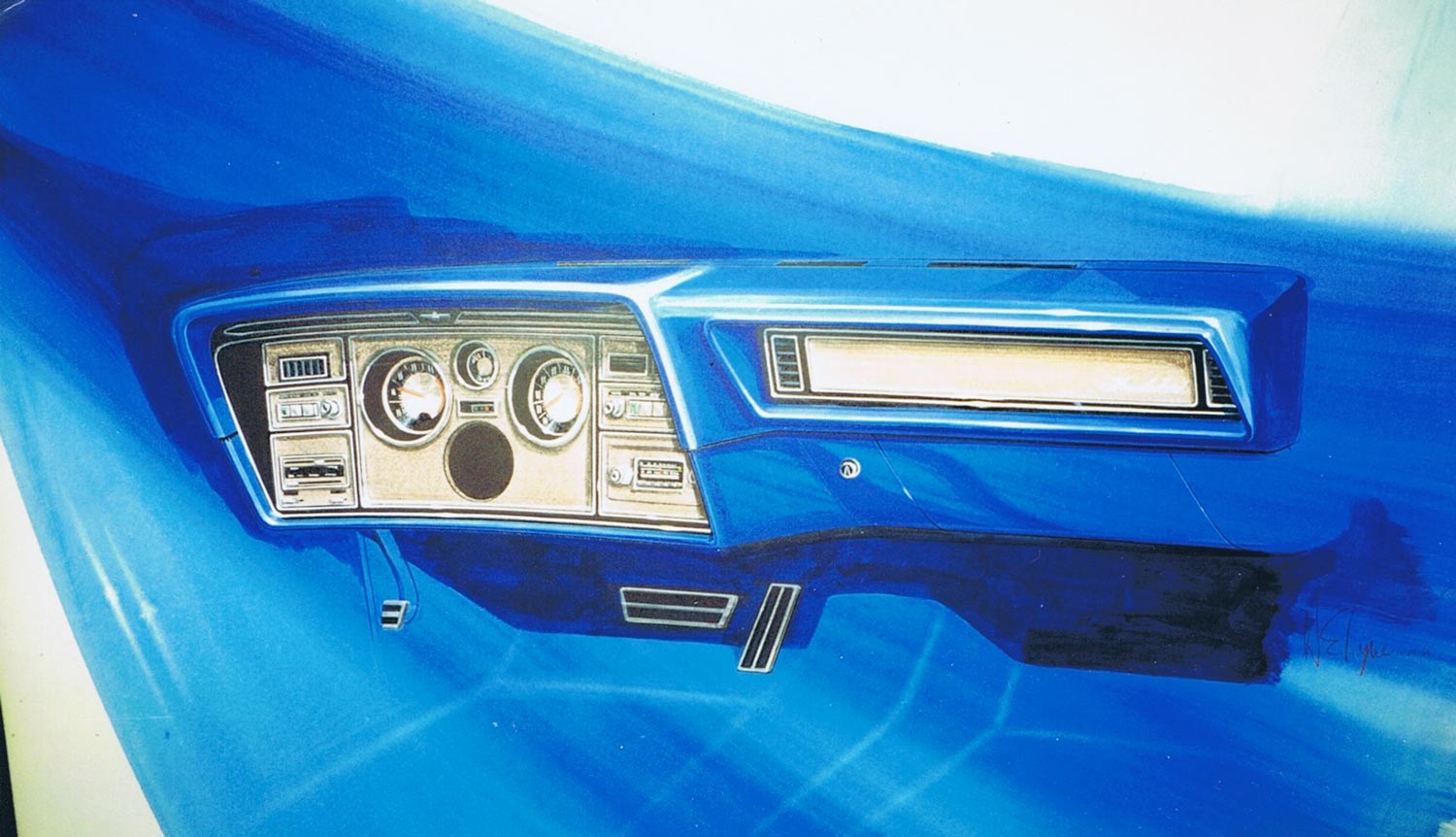
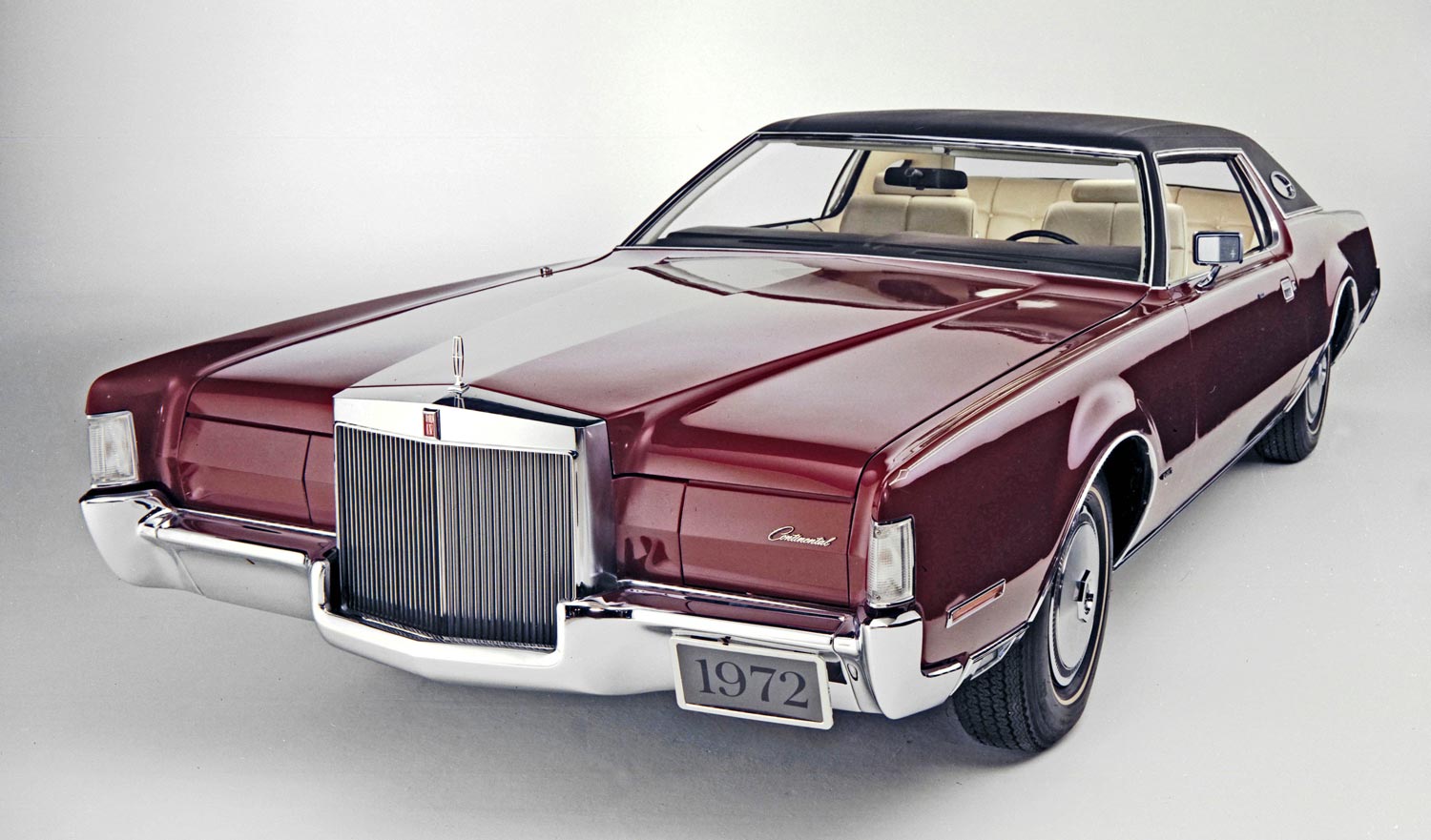

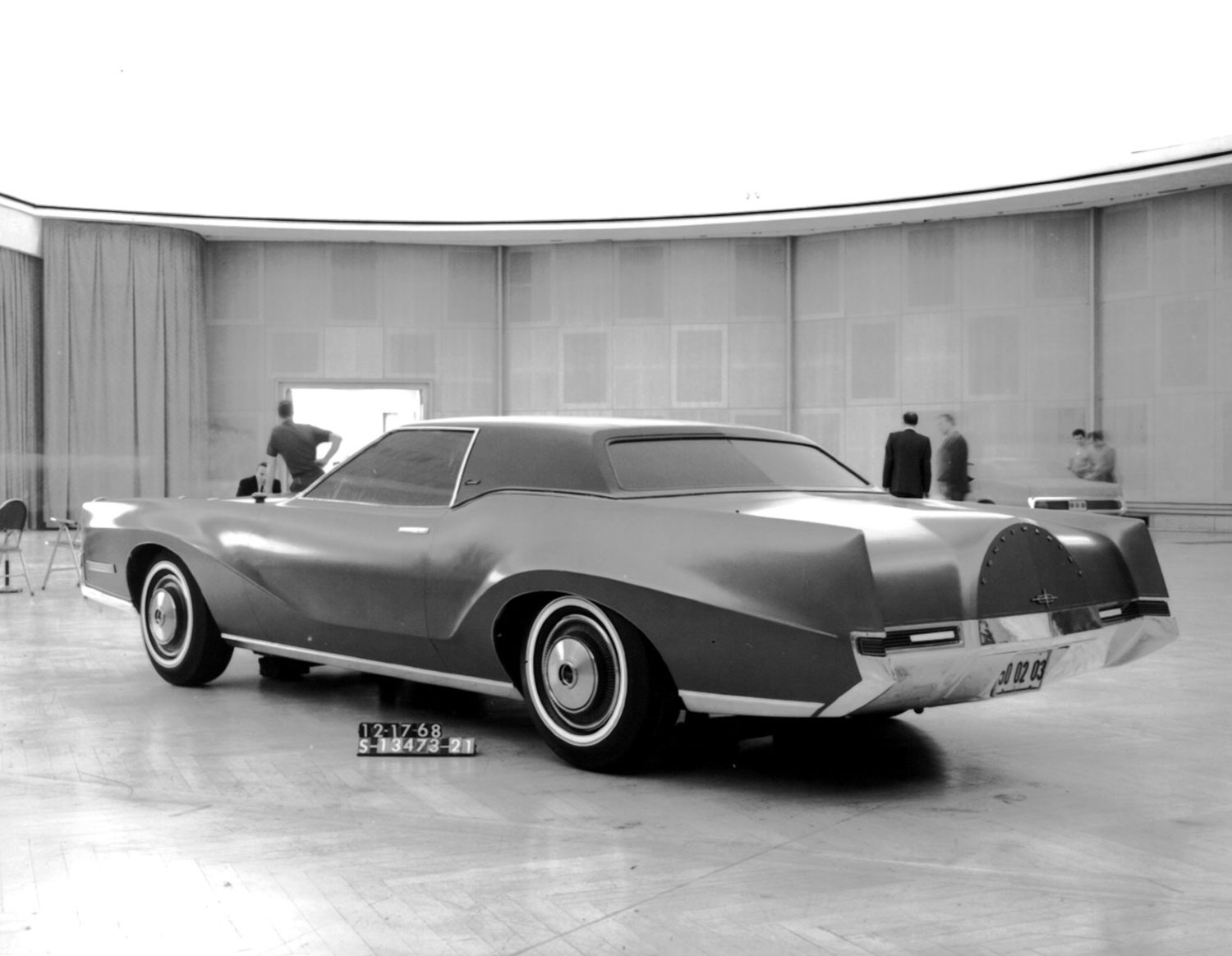
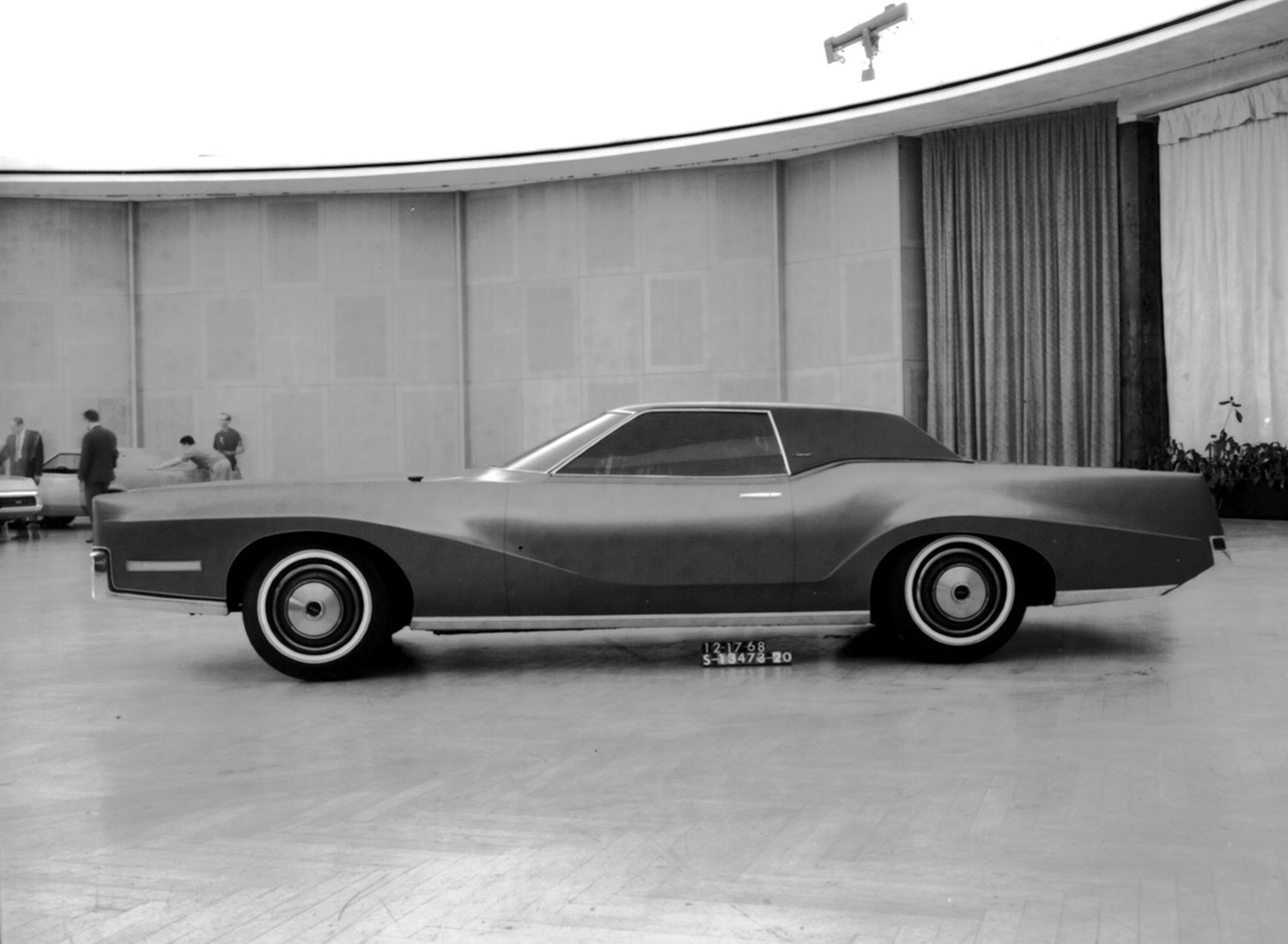
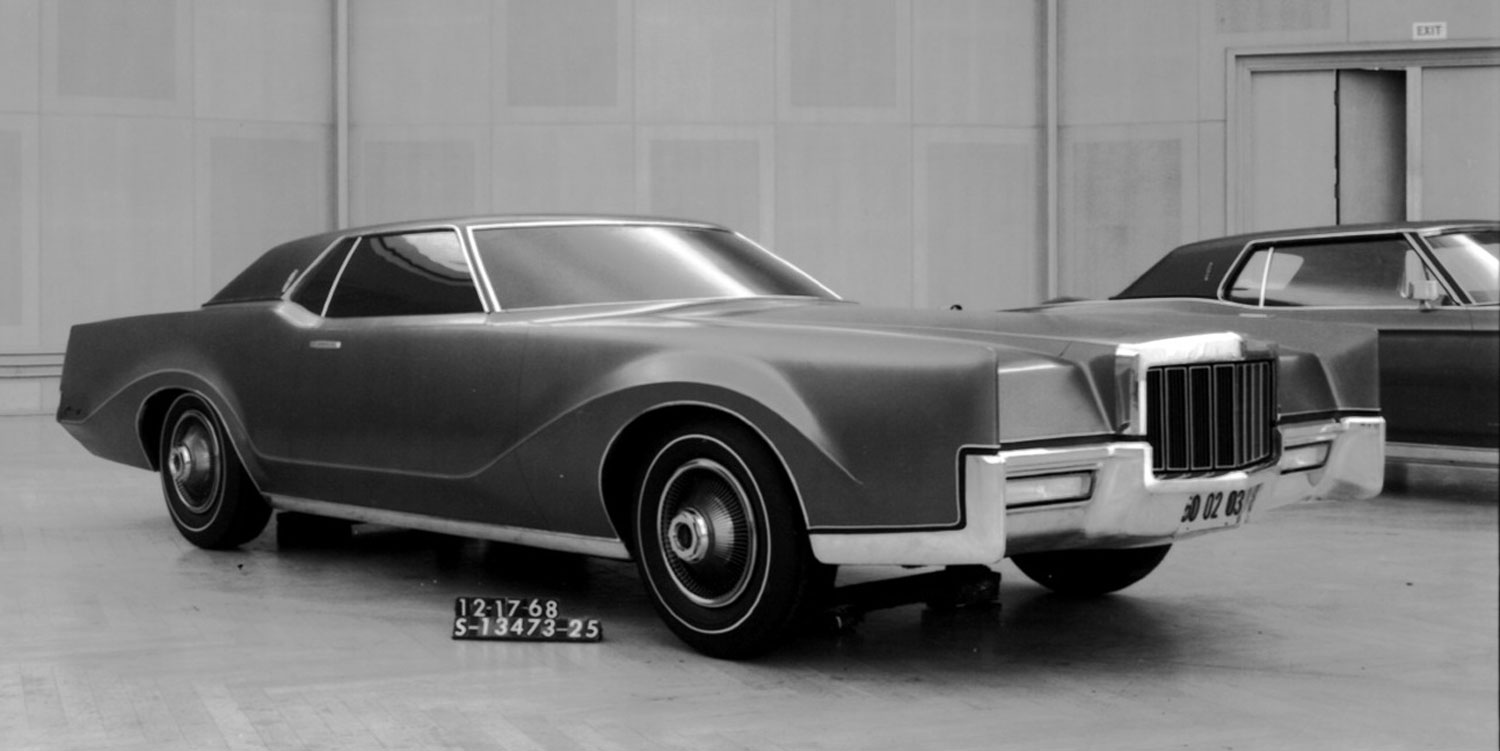
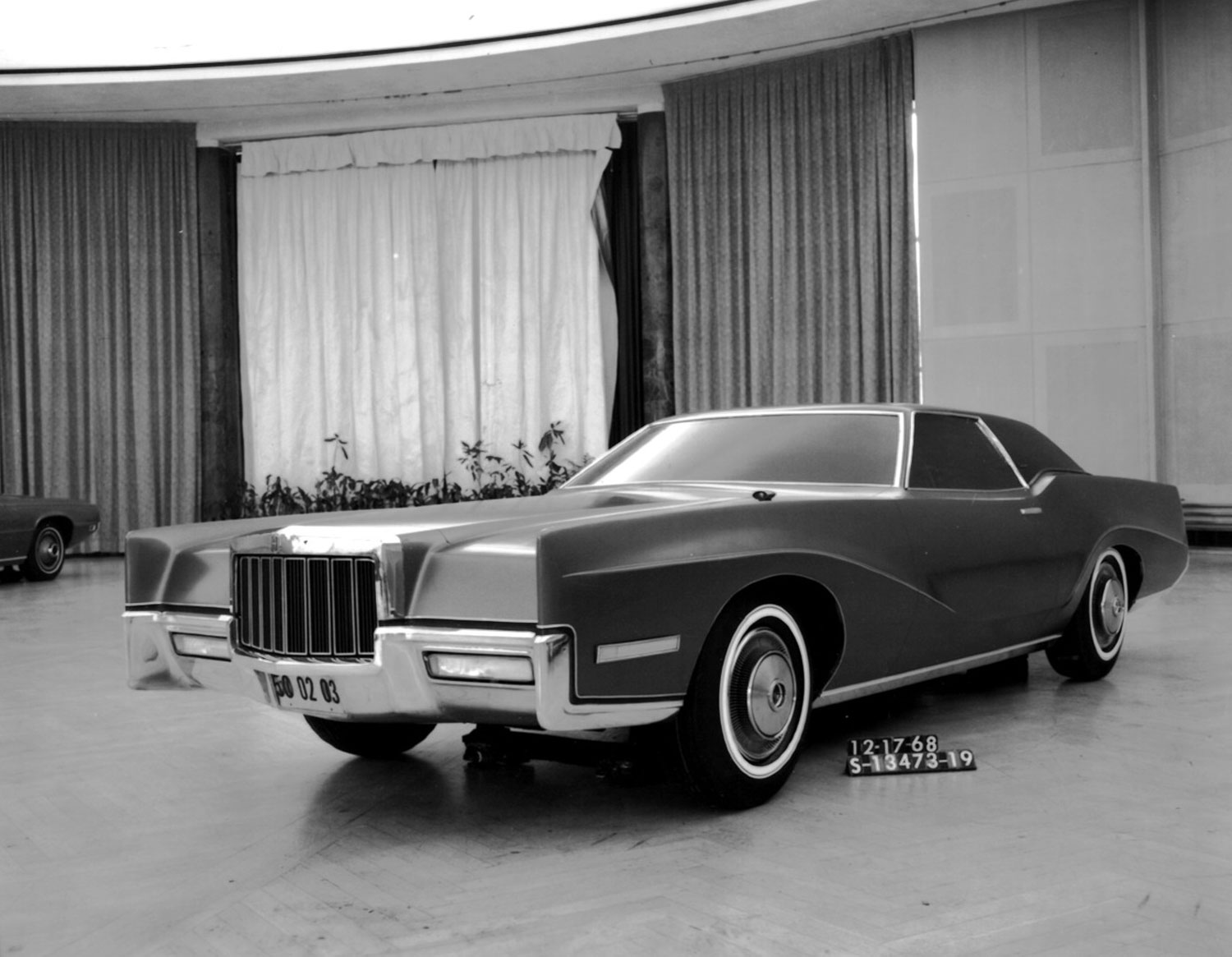
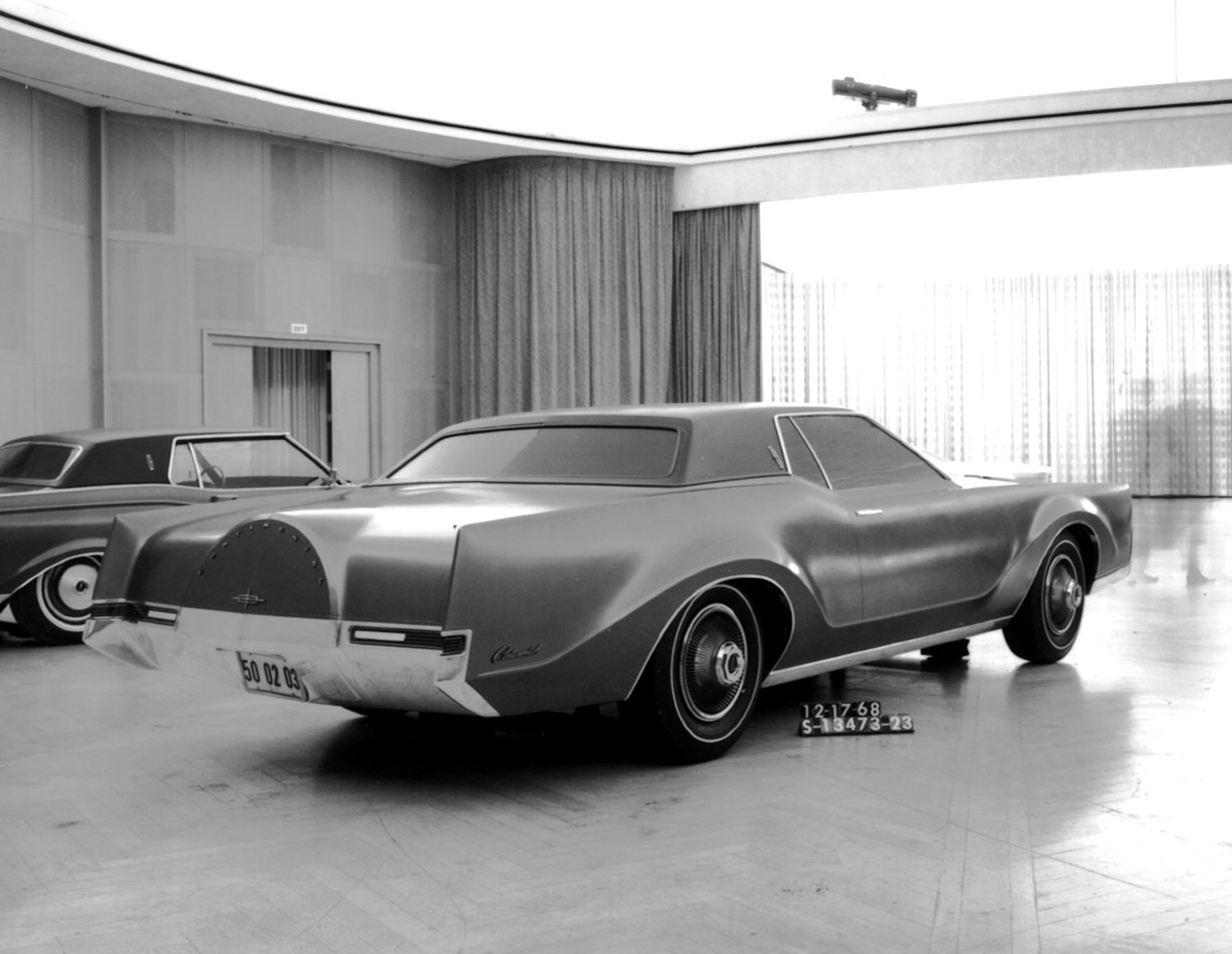
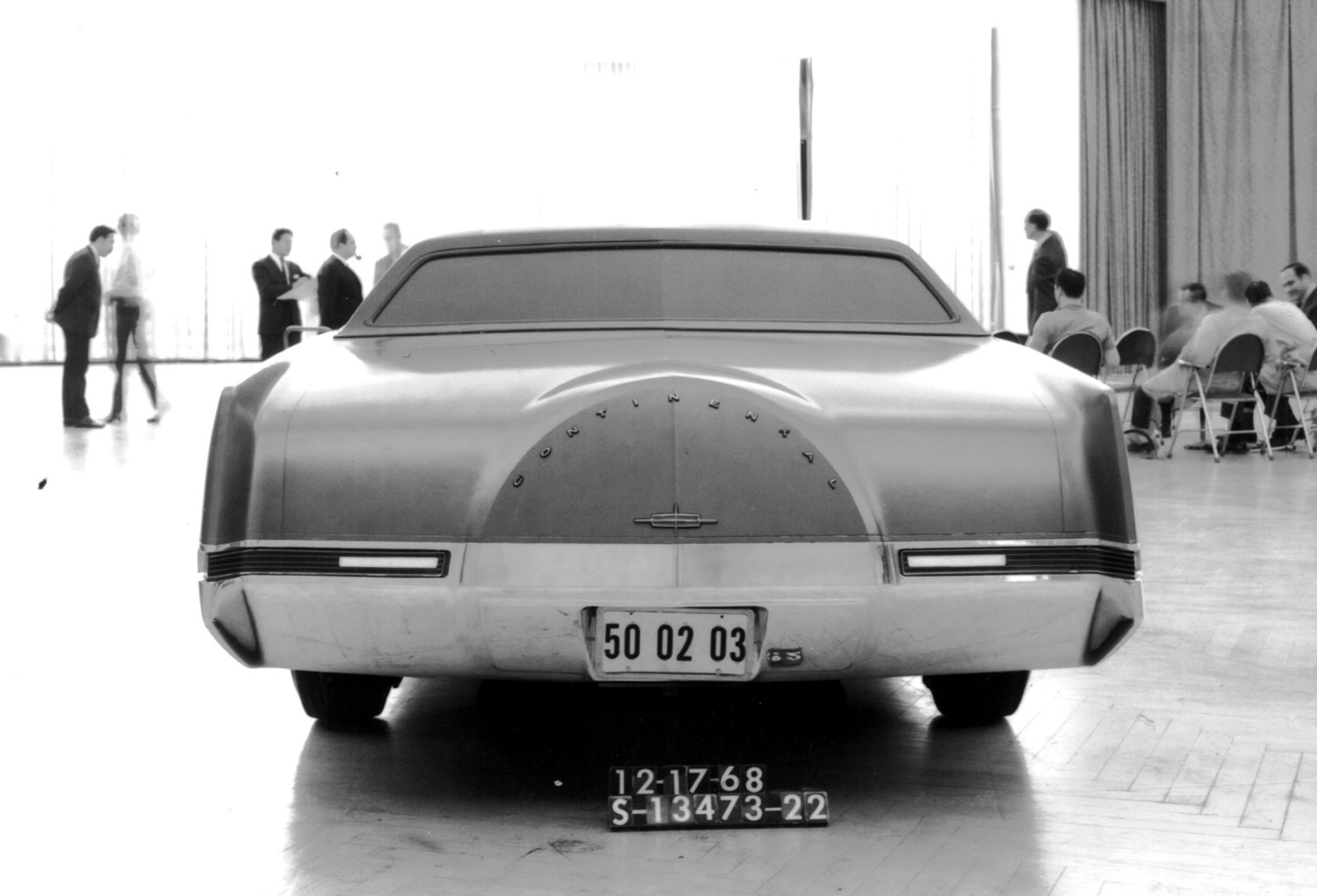
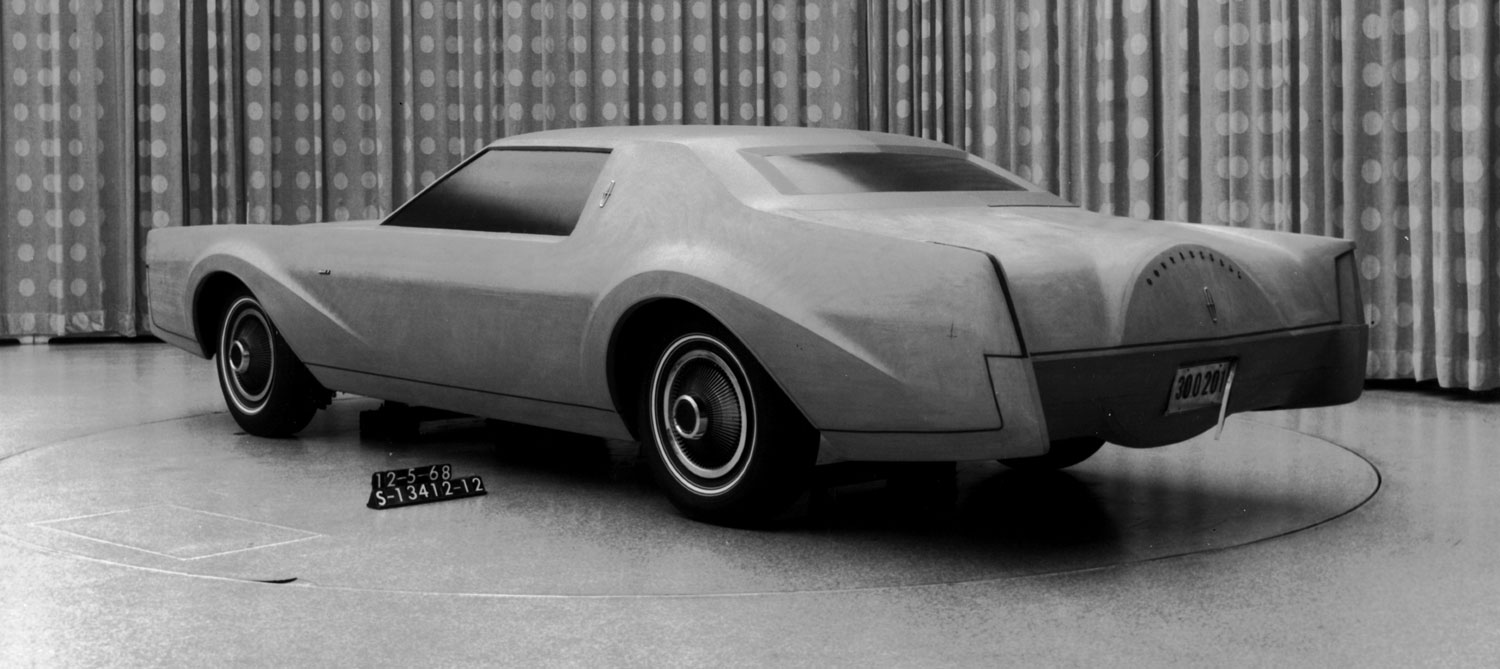
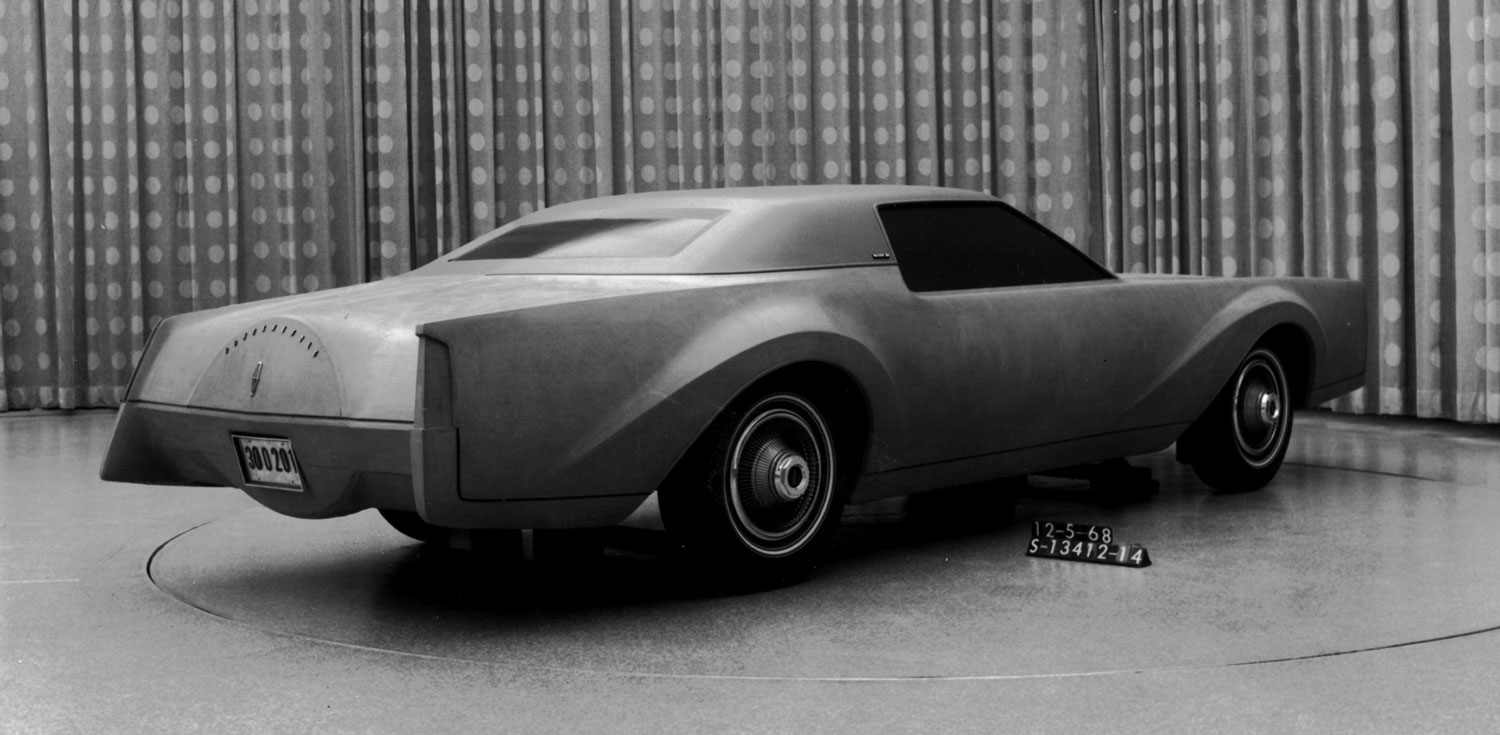
Unclear to me which of the above photos are for Knudsen or Iacocca.
As Roy commented above, the photos were unclear as to which design was which unless you were familiar with the events in the story. It would seem that the design with the fender swoops was Iacocca’s preference, which is somewhat surprising. Bunkie made the right choice.
Bit of a power game with the two, not sure all the models were shown to Knudsen. He had approved the design for the MK IV and it went into production. Dahlberg was a very good designer/artist to my eye. Worked with him at our Koln studio in 1966. Perhaps he and Gene had some history.
Evidently, parking these behemoths was never a consideration. Especially the Mayhew design.
Re. Allen Ornes comment – I remember reading a story of how sometime around 1959 or ’60 that Elwood Engel visited Ford Germany and was quite taken with the Dahlberg design for the front end of the Taunus that he was developing. Some believe it helped inspire Engel’s design for the ’61 Lincoln front end. Perhaps Bordinat believed Dahlberg and Engel were allies, which would not make Bordinat feel very warm and fuzzy toward him.
BTW, is the name pronounced “BORD-in-at” or “Bord-in-EH”?
The alternate Mark IV design was the one favored by Iacocca. That was probably because Knudsen championed the other one. After Knudsen left, according to designers there at the time (including Dick Nesbitt), Iacocca wanted to somehow make the Mark IV his own, but was unable to substantially change it during its production run.
Thanks for the clarification. If I understand, the version with the wheel spats was Iacocca. If so, I think they made the correct choice, to my eye.
One thing about the story: Does anyone know what role Larry Shinoda made in either of these concepts? He accompanied Knudsen to Ford as Head of Design.
Another not-amazing story about how people who should be acting like professionals actually comport themselves like pre-adolescents. That said, the “alternative” design looks like a bunch of ideas put into a mixer and poured out. The produced design was a nice-enough looking car from the “personal luxury” era. The alternative is not, in my sole opinion.
My sense was that Knudsen was behaving appropriately, given his General Motors background. The Knudsen choice of the classic Dahlberg Mark IV was easily the most marketable, in my opinion. The Iacocca choice was over-styled and too much of a change from the Mark III. From everything I have read and heard about Bunkie Knudsen, he was like is father, Big Bill: Very hands-on, very assertive and very enthusiastic. Knudsen may not have been a street fighter, but I think HFII lost someone who could have helped Ford evolve into a better company in the mid-to-late 1970s, but then we’ll never know.
Iacocca had his eyes on replacing Henry Ford II, after Knudsen, too. That was unlikely for obvious reasons, but he tried it. HFII thought having Knudsen and Lido would be the best of both worlds, but not having clarity on the lines of power and leadership succession just breeds infighting. Ironically, despite the production Mark IV not being the design he advanced, Iacocca spent the next several years repeating those design elements on much of the product line.
The alternate design is unsettling, with fenders squared and curved at the same time, and so much attention to the lowers that the upper body looks out of proportion. I think it could be solved, but the impression is a “more is more” method, and rushed at that.